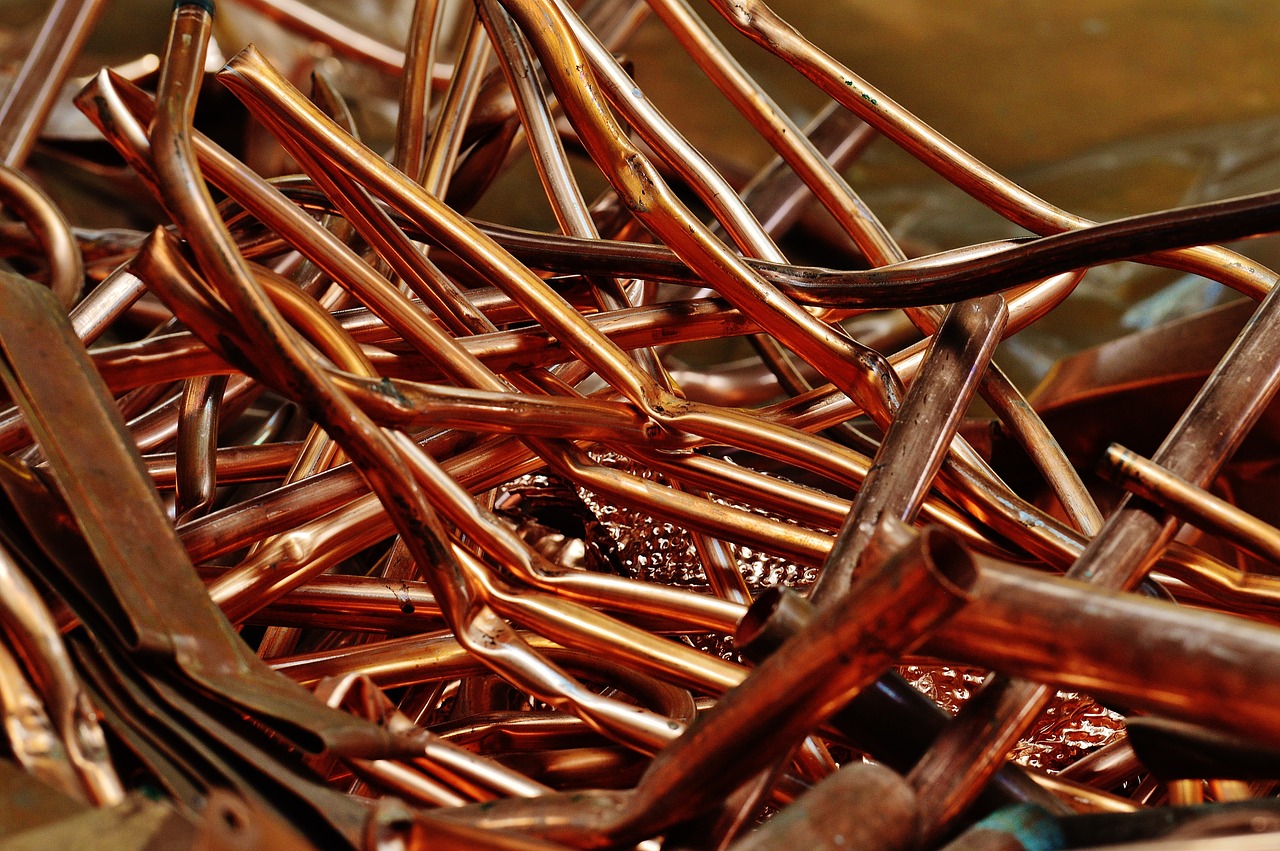
In my April 10 Barchart article on base metals in Q1 and beyond, I highlighted copper’s price plunge, explaining:
The potential for tariffs impacted copper’s price in the futures and forwards market. London is the home of the wholesale forward market, and the U.S. is home to the futures. Copper metal moved from Europe and other destinations to the U.S. in anticipation of tariffs. When the U.S. administration excluded copper from its tariffs, the price of red metal plunged in early Q2.
Copper prices have recovered to over the $4.70 per pound level after the recent decline, which could mean another all-time high is on the horizon.
COMEX copper held a critical technical support level
After trading to a new record $5.3740 per pound high in March, copper futures corrected, holding above a critical downside technical level.

The monthly continuous contract chart highlights the decline to $4.03, which held above the November 2024, December 2024, and January 2025 lows around the $4 per pound level. COMEX copper futures recovered to over the $4.70 level later in April after holding above technical support.
The lag in LME prices was a danger sign- Watch both LME and COMEX copper for clues
While COMEX copper futures reached a new record peak, LME three-month copper forwards did not achieve the same milestone.

The monthly LME three-month copper forward chart illustrates the forwards rallied to a $10,110.49 high in March 2025, below the record $11,104.50 May 2024 peak. The divergence between the futures and forwards was a warning sign caused by the uncertainty of U.S. tariffs in March, causing the metal to move from LME warehouses to the U.S. On April 2, copper prices plunged when the U.S. announced copper’s exclusion from trade barriers.
Watch for divergence in the futures and three-month forward prices as copper recovers, as they could reveal clues about the red nonferrous metal’s underlying strength.
LME inventories have declined- A bullish sign
Warehouse copper inventories on the London Metals Exchange closed 2024 at 271,400 metric tons. At the end of Q1 2025, they had moved 22.12% lower to 211,375 tons. On April 11, copper stocks on the leading wholesale copper trading market were slightly lower at 209,425 metric tons.
Falling stockpiles are a bullish sign for the copper market. However, copper in the CME’s U.S. warehouses has increased.

The chart highlights the rise in COMEX copper inventories since the end of 2024. However, the net of LME and COMEX inventory changes reflects an overall decline in warehouse stockpiles in 2025.
The U.S. dollar and interest rates- Conflicting factors
A falling dollar tends to be bullish for copper because the red metal’s pricing mechanism is the U.S. currency. Meanwhile, rising U.S. interest rates, which are typically bullish for the dollar, are bearish for copper and many commodities because they increase the cost of carrying inventories. We are not experiencing ordinary market relationships as the tariff issue has distorted markets, causing the dollar index to fall while interest rates increase.

The daily chart shows the U.S. dollar has declined from over 110 on January 13 to below 98.50 on April 21, which is typically bullish for copper and other commodities.

The daily chart of U.S. 30-year Treasury bonds highlights the decline in the bond market since April 7, a bearish factor for copper and other commodities.
Therefore, bullish and bearish factors are pulling copper in opposite directions.
CPER is the copper ETF product
Copper held the $4 level, a bullish factor, leading to a rally over the $4.60 per pound level. The nearby contract moved 17.7% higher from $4.03 on April 7 to $4.7450 on April 21.

Over the same period, the U.S. Copper ETF (CPER) rallied 15.9% from $25.65 to $29.73 per share, as CPER did an excellent job tracking copper futures prices. At $29.73, CPER had over $171 million in assets under management. CPER trades an average of over 275,000 shares daily and charges a 0.88% management fee.
Watch the COMEX futures and the LME forwards over the coming weeks and months. The forwards indicated that the move to new highs in the futures was tariff-related. Meanwhile, copper’s long-term trend remains high, but sustaining a move to new highs will require the futures and forwards to validate the short-term price action. In April 2025, copper’s long-term bullish path of least resistance remains higher.







